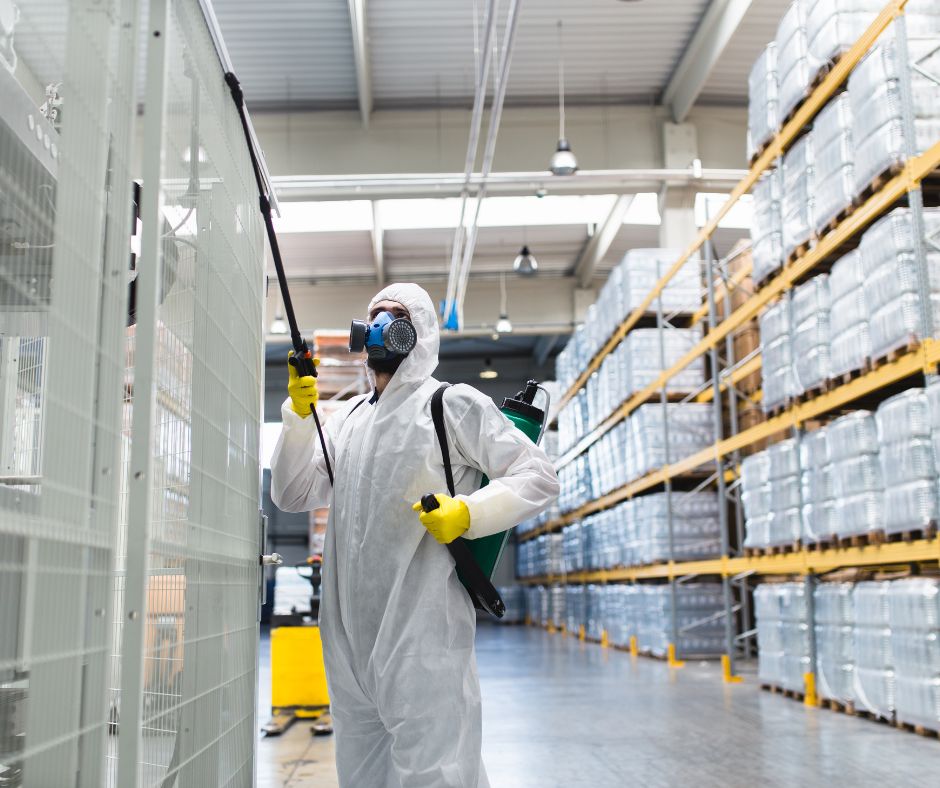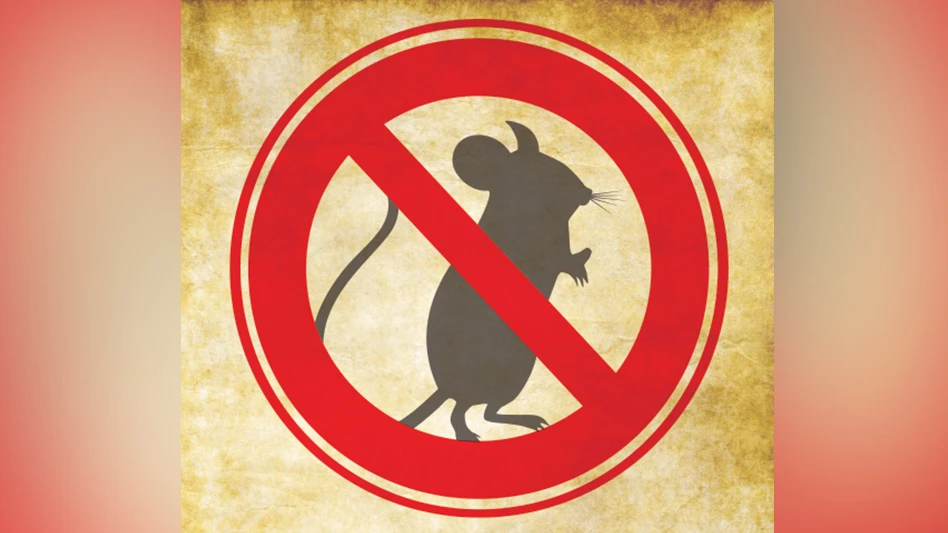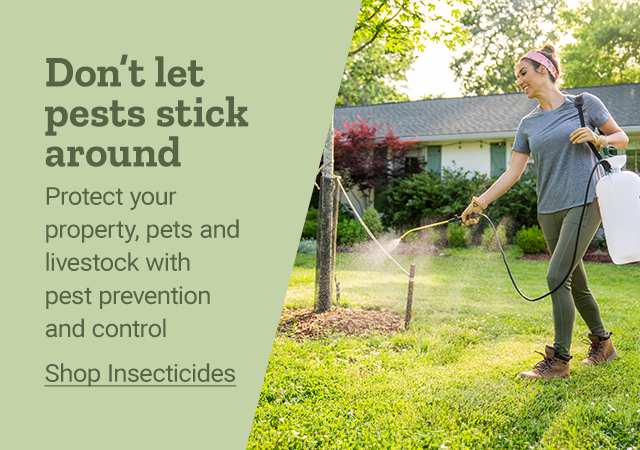Effective Termite Treatment Port Charlotte to Protect Your Property
Wiki Article
Find Out About the Latest Advances in Insect Control and Just How to Apply Reliable Therapy Solutions
In current years, the area of insect control has actually observed significant developments, driven by the need for efficient and lasting treatment remedies. Innovative strategies such as Integrated Parasite Management (IPM) combine green practices with innovative technology, boosting both efficiency and environmental responsibility.Eco-Friendly Parasite Control Options
Recently, the need for green parasite control alternatives has actually risen as services and homeowners alike look for lasting alternatives to traditional chemical treatments. This shift is driven by growing environmental understanding and a wish to lessen the health and wellness risks related to artificial pesticides.

Environmentally friendly insect control methods incorporate a variety of approaches that prioritize using natural materials and practices. Integrated Parasite Management (IPM) is one such approach, incorporating organic, cultural, and mechanical tactics to manage insect populaces while decreasing reliance on chemicals (Wildlife removal services). This all natural method highlights avoidance through environment manipulation and the intro of natural killers, therefore promoting a well balanced ecosystem
One more popular alternative is making use of herb chemicals stemmed from plants, which tend to be less harmful to non-target organisms. Products like neem oil and diatomaceous planet have gotten grip for their efficiency in regulating insects while positioning very little risks to human wellness and the environment.
Additionally, exclusion methods, such as securing access points and preserving sanitation, play an essential duty in green bug management. By embracing these lasting techniques, services and individuals can effectively take care of insects while promoting a much healthier earth for future generations.
Smart Innovation in Insect Management
Technology is reshaping the landscape of parasite monitoring, with clever modern technology becoming a crucial pressure in enhancing efficiency and efficiency - Wildlife removal services. The assimilation of Net of Things (IoT) tools, expert system (AI), and information analytics is changing just how bug control experts approach infestations
Smart catches furnished with sensors can detect parasite task in real-time, sending out prompt signals to operators. This enables for timely responses, lessening damage and minimizing the need for considerable treatments. In addition, AI algorithms analyze historical information to anticipate pest actions, enabling proactive treatments based on ecological problems and invasion patterns.
Drones and computerized cars are also playing a considerable duty in pest management, giving aerial analyses of big areas, determining hotspots, and also distributing targeted therapies. These modern technologies not only enhance procedures however likewise enhance security by limiting human direct exposure to potentially dangerous chemicals.
In addition, mobile applications equip customers to monitor insect task and accessibility expert guidance, cultivating a collaborative method to pest administration. Overall, the adoption of wise innovation is establishing a new criterion in bug control, highlighting data-driven decisions and lasting methods that eventually profit both property owners and experts alike.
Integrated Bug Monitoring Techniques
Integrated Parasite Management (IPM) utilizes an alternative method to pest control, integrating different methods to properly take care of pest populaces while minimizing risks to human health and the environment. IPM focuses on understanding the pest life process, their natural adversaries, and the ecological community in which they thrive.Among the basic parts of IPM is monitoring pest populations with normal assessments and data collection. This enables the recognition of insect thresholds, figuring out when treatment is needed. Social methods, such as crop cleanliness, environment, and turning control, are essential in minimizing parasite prevalence and promoting plant health and wellness.
Mechanical controls, including obstacles and catches, are likewise vital in IPM. These approaches can literally remove or discourage insects without using chemicals. When required, the judicious application of chemical controls is utilized, focusing on targeted treatments that decrease ecological impact.
Education and learning and collaboration among stakeholders, including farmers, parasite control experts, and the neighborhood, are vital for the successful implementation of IPM techniques. By focusing on sustainable techniques, IPM not only addresses pest issues however also cultivates a healthier community.
Biological Control Approaches
Many biological control approaches are increasingly identified for their performance in taking care of pest populaces while advertising environmental equilibrium. These techniques harness all-natural predators, bloodsuckers, and microorganisms to reduce pest numbers without depending on synthetic chemicals. The introduction of ladybugs can successfully control aphid populations, while nematodes target soil-dwelling bug larvae.Additionally, the usage of microbial chemicals, such as Bacillus thuringiensis (Bt), offers an eco-friendly option for handling caterpillar pests. These products especially target pest species, reducing damage to helpful pests and pollinators. In addition, conservation organic control emphasizes enhancing environments for all-natural enemies, such as birds and valuable pests, thus motivating their visibility in farming systems.
Research remains to expose ingenious strategies within this area, such as using pheromones to interrupt pest breeding patterns or the growth of biocontrol representatives via hereditary design. Implementing these methods can cause Wildlife removal services lasting bug monitoring techniques that minimize the dependence on chemical treatments, ultimately promoting healthier environments. As understanding of these strategies grows, they are ending up being important parts of integrated pest monitoring (IPM) approaches, offering an equilibrium in between reliable pest control and environmental stewardship.
Do It Yourself Bug Control Solutions
As house owners seek effective ways to tackle insect issues, do it yourself parasite control options have acquired popularity for their access and cost-effectiveness. These methods empower people to attend to infestations using readily available products and methods, usually without the requirement for expert treatment.
In addition, keeping correct hygiene and normal examinations can prevent bug access and nesting (Wildlife removal services). Straightforward techniques, such as securing splits, getting rid of food sources, and decluttering, can considerably decrease parasite populations. Traps, both homemade and commercially available, can also offer reliable remedies for monitoring and controlling specific parasites like bugs or rodents

Verdict
The integration of environmentally friendly bug control alternatives, wise innovation, and ingenious administration techniques provides a detailed strategy to efficient bug administration. By accepting Integrated Parasite Monitoring (IPM) and making use of organic control methods, alongside DIY solutions, sustainable and accountable bug control can be accomplished. These improvements not just boost the performance of pest management methods yet additionally add to a healthier environment. Implementing these strategies fosters a well balanced ecological community while properly resolving pest populaces.Green bug control methods incorporate a variety of strategies that focus on the use of all-natural compounds and practices. Integrated Insect Management (IPM) is one such technique, integrating organic, cultural, and mechanical tactics to handle pest populaces while decreasing dependence on chemicals. As understanding of these strategies grows, they are coming to be important components of integrated bug monitoring (IPM) strategies, using an equilibrium in between effective bug control and environmental stewardship.
The combination of green pest control alternatives, smart innovation, and cutting-edge management strategies offers an extensive technique to effective insect monitoring. By embracing Integrated Insect Administration (IPM) and using organic control methods, together with Do it yourself solutions, liable and lasting insect control can be accomplished.
Report this wiki page